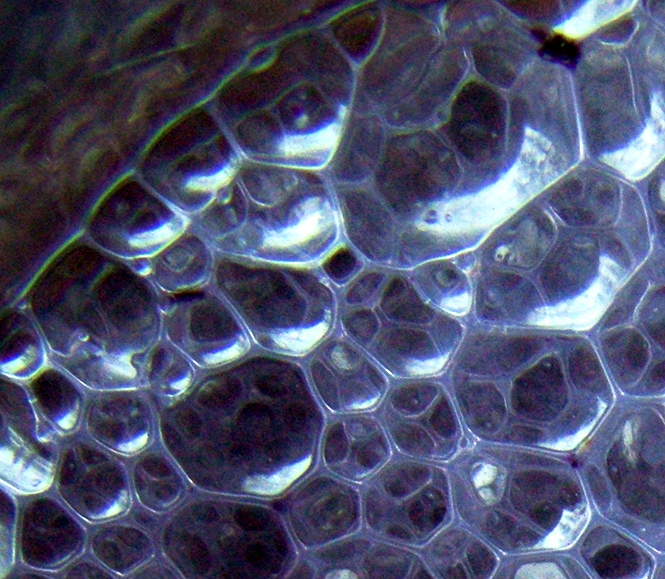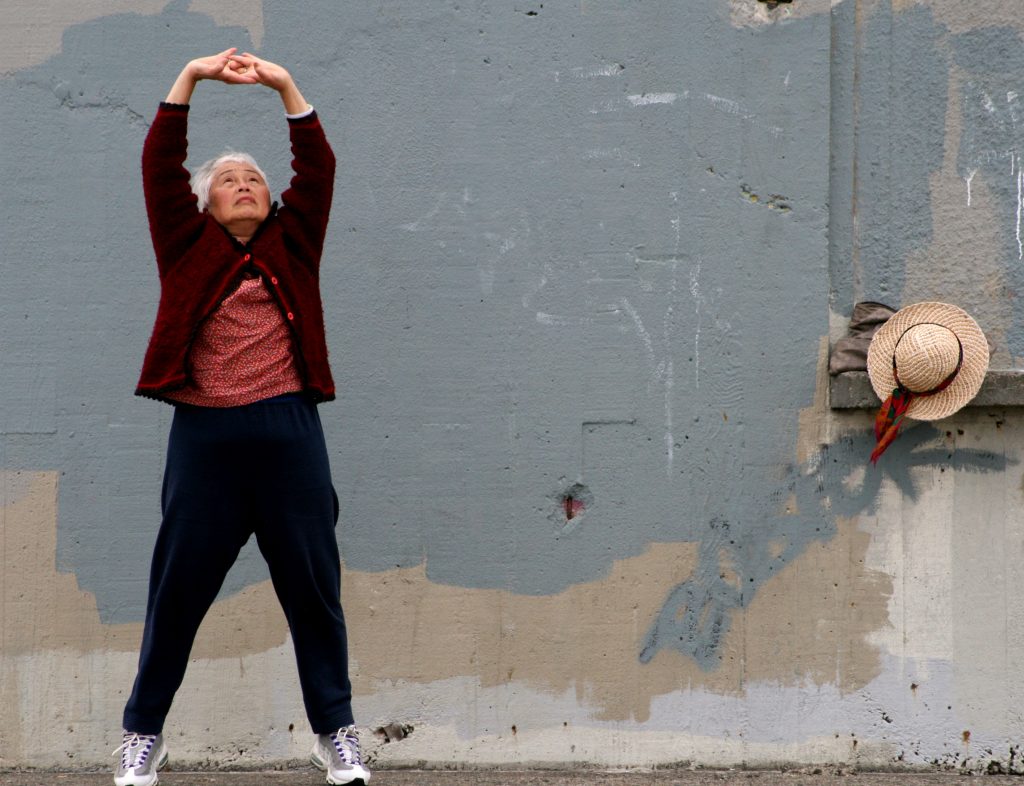
Exercise Your Way To Stronger Bones
Photo Credit: Fluer Ange Lamothe, via Flickr Creative Commons
Our bodies are built to be active and exercise helps to preserve our physical function. The science supporting the benefits of exercise and activity is vast, and shows that if we aren’t active and exercising, our bodies tend to waste away as we age. Specifically, this means that our muscle mass and potential bone strength and density will decrease. This loss of bone density is especially true of women who have entered menopause.
Exercise will make both your muscles and your bones become stronger and perform better.
Decreased bone density can lead to a series of changes in the body that may cause pain, joint inflammation, higher risk of bone fracture, loss of height, and poor posture. Exercise is one of the best ways to prevent these negative changes from occurring.
Prevention
Making an exercise plan aimed at preventing osteoporosis and osteopenia has wide-reaching benefits. Strength-training exercises will build strong muscles that will help prevent falls, improve balance, and strength as well as keeping us active and able to exercise.
Strength-training exercises place stress on our bones. Because bone is a living tissue, it responds to the stress by growing stronger. So over time, exercise will make both your muscles and your bones become stronger and perform better.
It’s important to begin exercising for bone strength begining at an early age. Even children need active play, gym classes, sports, and other outdoor activities to help begin the process of building solid bones. For adults, weight-bearing activities such as walking, jogging, dancing, and gardening help to keep our muscles and bones strong. The important part is to include weight-bearing activities because it is in these activities that we carry our body weight against gravity. So anything that gets us up and moving will help prevent bone and muscle loss as we age.
While aerobic exercises, such as walking, are good, including strength training offers the most benefits in terms of bone health. A well-designed strength-training program that includes all the major muscle groups will place added stress on both the muscles and bones, and as a result promote both muscle and bone strength.
The Principle of Overload
The principle of overload is the key to build stronger bones through strength training. Muscles and bones must be subject to more stress than they are used to. A recommendation from The American College of Sports Medicine for preventing osteoporosis is to perform strength-training exercises that allows between eight and twelve repetitions at least several times per week. These eight to twelve repetitions should be considered challenging to ensure the muscles are working hard enough to place sufficient stress on the bones. This resistance load is sufficient to bring about the desired stress on the bones to help them remain strong.
Treatment
All exercise plans designed to aid in the treatment of osteoporosis or osteopenia should be created to meet the specific needs and risks of each individual. Your personal physician or bone specialist should give approval for your participation in an exercise program. Of course, exercise is only one piece to maintaining or treating bone health. Following medical advice, taking any prescription medications, and a healthy diet are also important factors for the treatment and possibly prevention of bone diseases.
If you’ve been diagnosed with osteoporosis or osteopenia there are several areas that you should focus on with your exercise plan.
- Fall (break and fracture) prevention
- Improving balance
- Improving leg strength
- Maintaining flexibility
Fall Prevention
If you have weakened bones, it’s of paramount importance to guard against falls that could lead to bone fractures. Both aerobic exercise and strength exercise help to improve joint mobility, muscle strength, and balance, leading to a decrease in your risk of falling.
Improving Balance
Both aerobic exercise and strength training can significantly improve balance. Weak muscles make it more difficult to control our body and correct movement if we get off course. When we exercise on a regular basis, we are training our muscles, bones, and joints to respond to movement and improve our awareness of where and how our body is moving through space. Along with traditional exercise, a gentle yoga practice will also stimulate your muscles and joints, therefore improving awareness of where you body is and how it feels. This will help you with better muscle control and balance.
Improving Leg Strength
Leg strength has been evaluated as a measure of fall risk in various studies. The 2010 SEFIP study showed improvements in both bone mineral density (bone health) and decreased falls as a result of an exercise program. The improvements in leg strength included upper leg, hip, buttocks, and lower leg (ankles and calves). All these muscles play a role in stability and balance. This is specifically where weight-bearing exercises help although strength training still provides significantly better benefits than walking or jogging.
Maintaining Flexibility
If you have osteoporosis or osteopenia, the symptoms may not be limited to decreases in bone strength. Along with bone loss, your joints may become more stiff, sore, and less functional. To maintain good joint health, flexibility exercises should be included in your workout, as tolerated, moving your joints through a full range of motion. Once again this is where a gentle yoga program can be a wonderful practice to incorporate to improve overall joint and muscle awareness and movement.
The National Osteoporosis Society has an informative 60-page booklet online about exercise and bone health.
Have you included exercise as a part of your treatment for osteoporosis or osteopenia? If so have you seen results?








